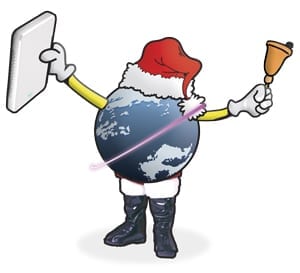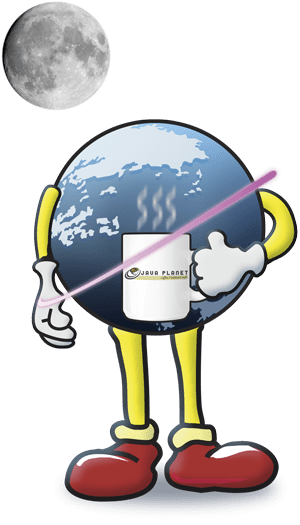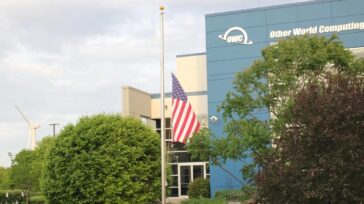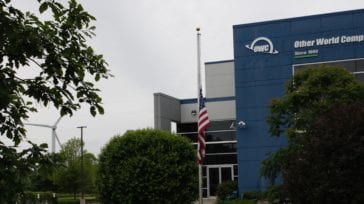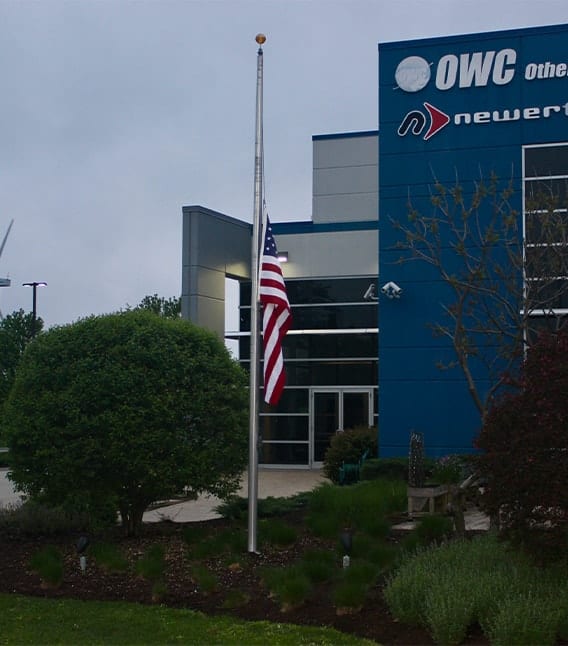 Full lunar eclipses are pretty darn cool; The moon turns dark along the edge, then becomes a deep rust colored red before reversing the process a couple hours later.
Full lunar eclipses are pretty darn cool; The moon turns dark along the edge, then becomes a deep rust colored red before reversing the process a couple hours later.
Admittedly, they’re not quite as spectacular as a total solar eclipse. No sudden darkening of the sky – it’s already dark out. The time to go from partial to totality and back is generally 4-5 hours, making progress hard to determine unless you have a camera.
However, it is still one of the only astronomical events you can observe, even in areas with a lot of light pollution, such as cities. They’re also much more common than solar eclipses – there’s usually one or two lunar eclipses each year, and they can be viewed from a much larger viewing area.
This particular eclipse can be viewed in its totality all through North and Central America. South America, West Africa, and most of Europe will be able to see part of the eclipse before it sets. Australia, and Eastern Asian countries can see the last part of the eclipse after the moon rises. For exact times, we suggest swinging by NASA Science’s page about the event.
There’s something extra-special about this eclipse, too. First, it’s a total eclipse, rather than partial like last June’s. The last total lunar eclipse was in February of 2008. However, the timing of this eclipse is particularly special. It’s the first total lunar eclipse to fall on the Winter Solstice since 1378 – 632 years ago! That’s a long time, but we won’t have to wait as long for the next one like it, which will take place in 2094, only 84 years from now.
Hmm… probably best to get your photos tonight, if you can…
Share your photos!
While we’re going to be trying our darnedest to get a shot or two of this rare event, the forecast of over the Woodstock area is calling for clouds and/or snow, so there’s a good chance we’re not going to get to see it.
We’d love to see any photos of the event you’ve got. Feel free to post a link to them in the Comments section.
